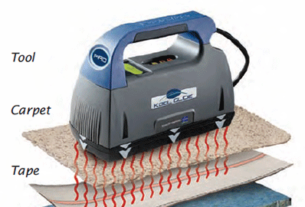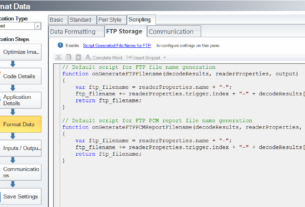Are you tired of constantly struggling with inaccurate measurements when working on DIY projects? Do you want to take your work to the next level with precision and accuracy? Look no further than caliber tools.
In this comprehensive guide, we will explore everything you need to know about caliber tools, from their various types and uses to tips and tricks for using them effectively. So grab your measuring tape and let’s get started.
What are Caliber Tools?
Caliber tools, also known as measuring tools, are devices used to measure distances, angles, diameters, thicknesses, and other dimensions accurately. These tools come in different shapes, sizes, and materials depending on their intended use.
The most common types of caliber tools include rulers, tape measures, calipers, micrometers, protractors, angle finders, height gauges, depth gauges, bore gauges, and dial indicators. Each of these tools has a specific purpose and can be used for different tasks requiring precise measurements.
Why Use Caliber Tools?
The use of caliber tools is essential in ensuring that DIY projects are completed correctly. Accurate measurements are the foundation of any successful project. Without accurate measurements, a project may not fit together properly or may be unstable.
Using caliber tools can also save time and money by preventing mistakes that could lead to waste of materials or needing to start a project over again. In addition, using these specialized tools can improve the quality of your work by enabling you to achieve more precise results.
Types of Caliber Tools
Rulers: Rulers are flat rectangular devices made from materials such as plastic or metal. They usually feature both metric and imperial units of measurement and are used for measuring lengths up to 12 inches.
Tape Measures: Tape measures are flexible ribbons with markings that indicate distances. They come in various lengths ranging from 6 to 100 feet and are ideal for measuring long distances.
Calipers: Calipers are tools used to measure the distance between two opposite sides of an object. They come in different types, including digital calipers, dial calipers, and vernier calipers.
Micrometers: Micrometers are used to measure very small distances with high precision. They come in various types, including digital micrometers, dial micrometers, and vernier micrometers.
Protractors: Protractors are devices used to measure angles. They come in various shapes, including circular protractors and square protractors.
Angle Finders: Angle finders are used to measure angles accurately. They can be digital or manual and are commonly used in woodworking and metalworking.
Height Gauges: Height gauges are used to measure vertical distances on a workpiece. They come in various sizes and can be either digital or manual.
Depth Gauges: Depth gauges are used to measure depths accurately. They can be either digital or manual and have applications in woodworking, metalworking, and engineering.
Bore Gauges: Bore gauges are specialized tools used to measure the diameter of a hole accurately. They come in different types, including inside micrometers and telescoping gauges.
Dial Indicators: Dial indicators are devices that measure linear displacement along a path. They can indicate both positive and negative directions of travel and have applications in machining and metrology.
Tips for Using Caliber Tools
1. Keep your tools clean and well-maintained to ensure accurate measurements.
2. Always read the instructions carefully before using any caliber tool.
3. Use the appropriate tool for the job at hand; using the wrong tool can lead to inaccurate results.
4. Take multiple measurements from different angles to confirm accuracy.
5. Use a steady hand when taking measurements; shaky hands can lead to imprecise results.
6. Consider investing in high-quality caliber tools for greater accuracy and durability.
Conclusion
Caliber tools are essential for achieving precision and accuracy in DIY projects. By using the appropriate tool for each task and following the tips outlined in this guide, you can ensure that your measurements are accurate and your projects are successful. Remember to take care of your tools to maintain their accuracy over time, and invest in high-quality tools when possible.
References:
https://en.wikipedia.org/wiki/Measuring_instrument
https://www.homedepot.com/b/Tools-Hand-Tools-Measurements-Calipers/N-5yc1vZc1zg




